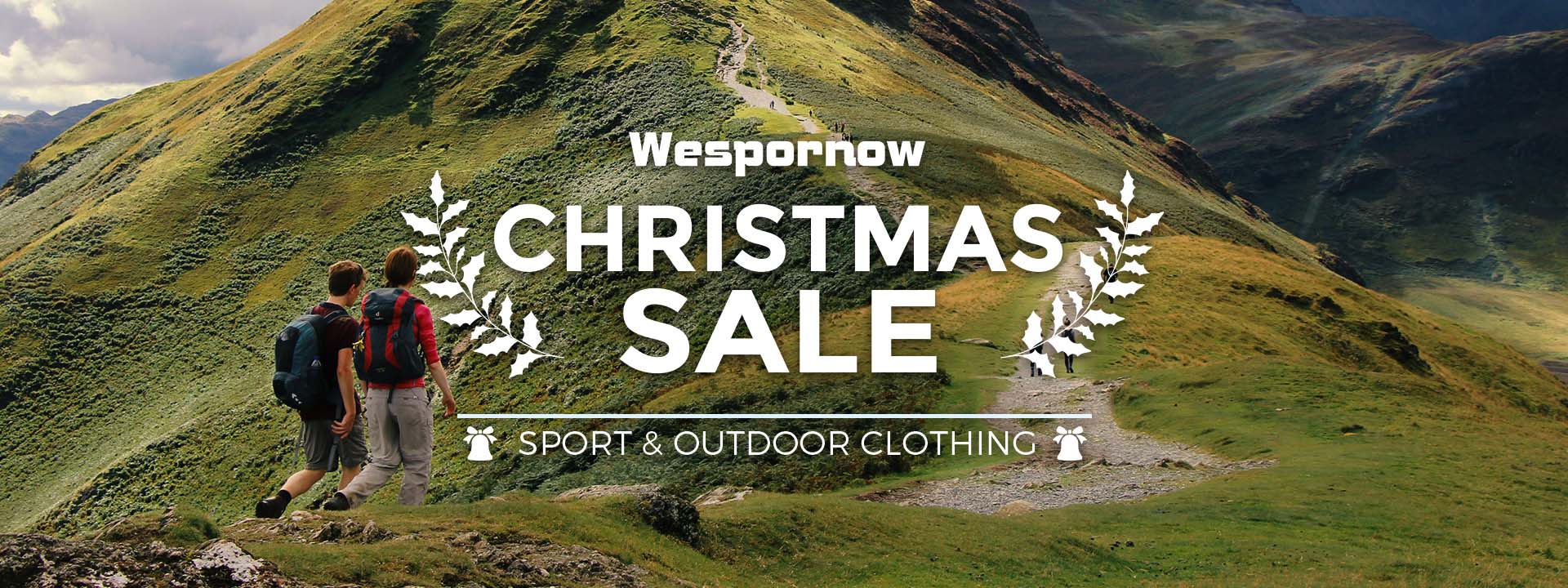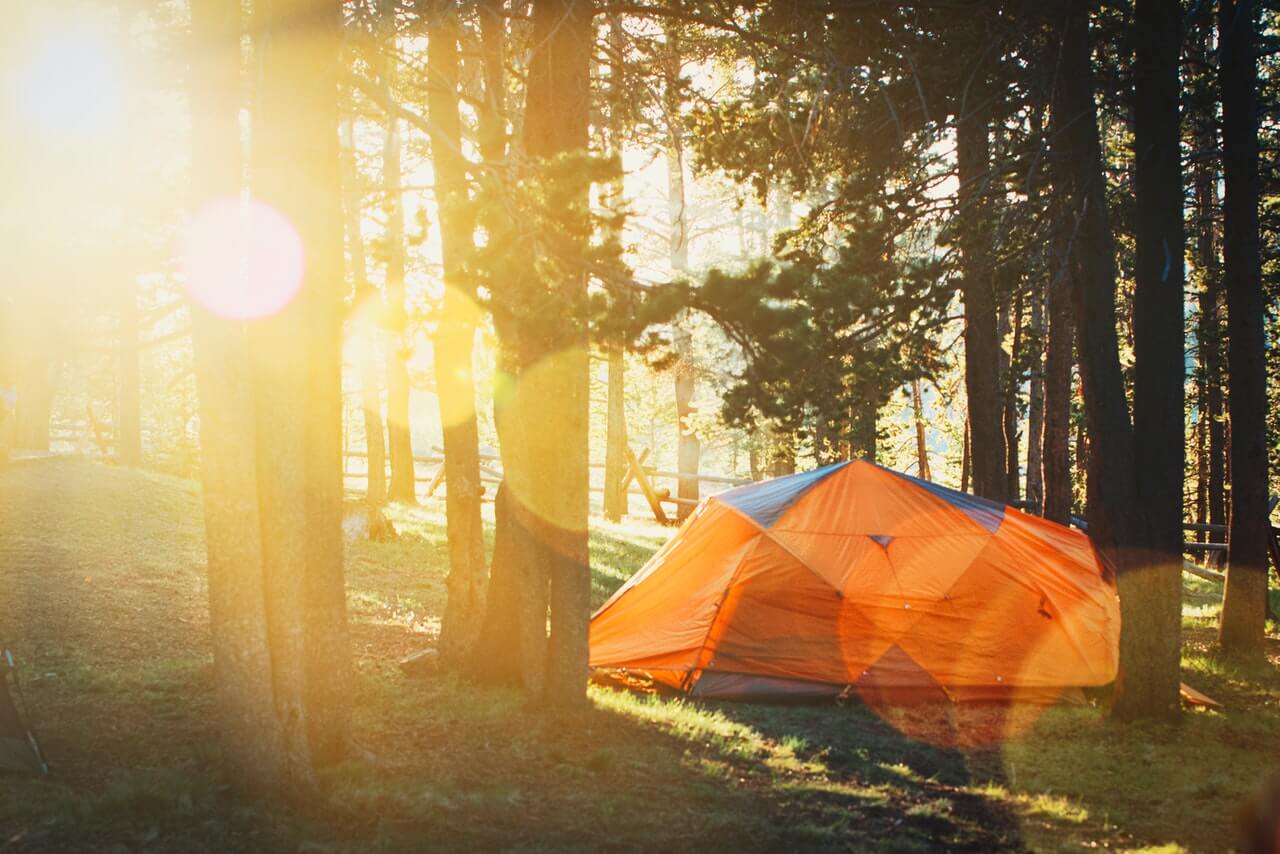1. Speak less
Talking consumes physical energy is very large, talking needs to mobilize the oral muscles, throat muscles, lung muscles and many other muscle tissues, need to call blood from the heart to supply the needs of these muscle movements, more serious is that the amount of oxygen consumed by talking is very huge, when we talk, almost all the oxygen inhaled by the lungs are used to supply talking, the oxygen content in the blood drops rapidly. If it is loud yelling, continuous talking, the consumption of physical energy is even more enormous. So, talk as little as possible on the way.
Besides, talking less, observing more and experiencing more is one of the signs of a mature hiker. Some hikers who talk incessantly and nonsense along the way are very annoying, and it is also a great waste of energy and leads to a bad mood to listen to people talking incessantly in your ears. Therefore, if it is not necessary, try not to talk too much, so as not to harm others and themselves.
2. Reduce the number of times you sit down to rest
Many hikers in the uphill time, a feeling of fatigue, it is too busy to fall down a butt to sit down. When you want to go, the legs are already very tired, but also consume a lot of energy to support the whole body and backpack. In fact, there are many ways to rest, there is no need to sit down.
① Choose a tree trunk to lean against, to reduce the burden on the legs and relieve the pressure.
② Choose a higher place to sit down, preferably on a slope or rock with a small height difference from your hips to rest, so you don't have to spend a lot of energy to lift your whole body when you get up and go.
③ Use the hiking-specific rest method: support your upper body with both hands on the knee area, bend your upper body into a balance bridge, level your back, let your backpack rest smoothly on your back, bend your legs slightly, face the uphill direction, relax your torso, which can make your shoulders feel less weighted and make your spine relieve the top-down pressure, quickly relieve fatigue and recover your strength. When starting, do not lift your upper body quickly, but slowly restore your torso to its normal position in the process of moving upward.
④ Try to breathe deeply, slow down the pace, slow down until you feel no strain, spread the rest among each step, and reduce the number of breaks.

⑤ If you sit down to rest, try to sit down in a place where the road is gentle in front of you, rather than resting in a place where you are drawn up immediately after resting. Otherwise, after resting, the heart and lungs and muscles are in a calm state, suddenly need a huge physical energy, will cause danger not to say, but also more waste of physical energy.
⑥ Small steps, slightly dragging your feet. Small steps can save part of the physical strength, and up the mountain, not to lift the feet very high, slightly dragging the ground, as long as it does not affect walking and safety on the line, so you can save physical strength, these small places are attentive, make a habit, you can save a lot of physical strength.
(7) When you go up to a high platform, you can help lift your legs up with your hands, and then use your hands to press your knees to rise your body. There are many roads in the mountain, suddenly will need to climb a high stone platform, this time if very fatigue, do not come to fully use the power of the legs up the body, because the legs in the process of going up the mountain kind has not stopped using, muscle in extreme fatigue will be some spasm, not flexible, so the upper and lower limbs to match is the best, can save a lot of physical strength, but also to ensure safety.
3. The method of deep breathing
Many hikers in the uphill when the breathing is short shallow and coarse, no regular, so it will be more and more fatigue. When going up the hill, keep the proper rhythm of steps and breathing, and intentionally control to reach the accustomed state. Weighted steep slopes as much as possible step by step exhale step by step inhale, fatigue deepen breathing, intentionally slightly slow down the rhythm, so that physical energy with breathing distribution evenly. Rapid breathing is a waste of lung muscle exercise. The same amount of exercise but not enough oxygen is absorbed, which is something hikers should be aware of. A good pace and breathing rhythm can last for hours of hiking without stopping to rest and without feeling fatigue.

4. Try to lower your center of gravity when going up the mountain
It is well understood from the physics point of view that a low center of gravity not only makes for a steady step, but also saves energy. For example, a small person, than a tall person hiking section to save energy. Upper body slightly forward to a suitable angle, let gravity help you climbing. If it is a steep slope, it is best to use hands and feet, which will be very easy, the front slope just to make up for the length of the arms, so that people can walk on all fours as the beast, which is one of the very physical energy-saving methods. Those with equipment can use walking sticks to achieve this effect.


